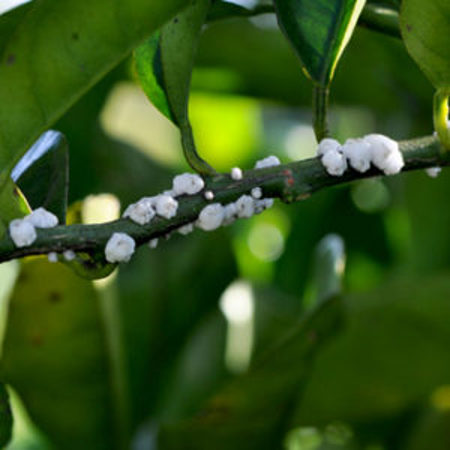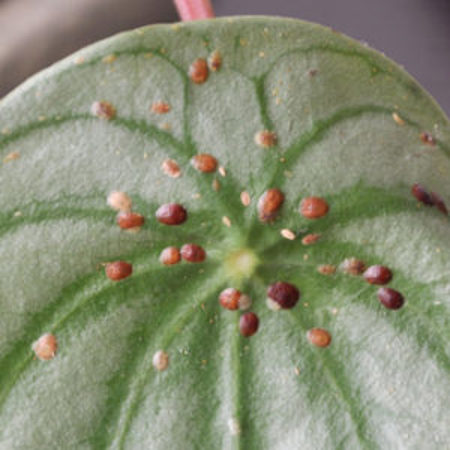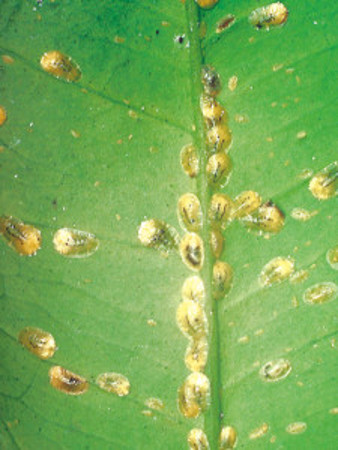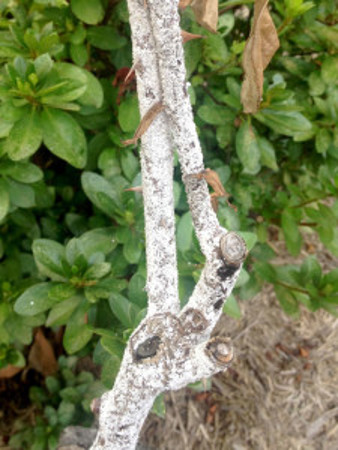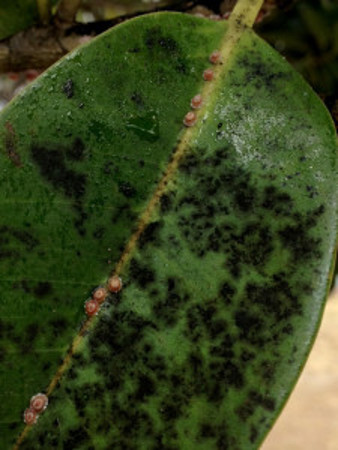Scale
BackScale are another sap sucking insect and come in a very wide range of shapes and colours. Most are no larger than 1/2cm and can be found on leaves, stems and branches. What they have in common is that these small insects produce a protective shell or scale over themselves whilst they suck sap from the plant tissue underneath. The sap sucking weakens plants particularly if the scale are in large numbers. If left untreated some scale types can actually kill a plant.
They can loosely be divided into hard and soft scale groups. Soft scale types excrete large quantities of “honeydew” which attracts ants and also provides food for sooty mould to develop. This does not happen with hard scales.
Some scale are extremely good at blending in and it’s often the appearance of sooty mould that tells a gardening there’s a problem.
Plants Attacked
Wide range including: roses, gardenias, citrus, natives, palms, olive trees and more.
Organic Control Methods for Scale
At the first sign of scale it’s time to act. Do not think “Oh it’s only a few” as there will definitely be more to follow!
- Spray with OCP eco-oil to smother scale and attract natural predators. Juveniles mainly develop in warmer months and are easier to kill because they haven’t fully developed their protective scale yet. Spraying in Spring and into Summer is especially recommended to target these juveniles. Dead scale don’t always drop off plants immediately but will brush off easily with your fingernail compared to live ones.
- OCP eco-pyrethrum PLUS is another spray you can use.
- If practical you can scrape off live scale from stems/branches with a toothbrush or stiff brush. Be careful to not scrape so hard you damage the plant tissue. A followup spray with OCP eco-oil or OCP eco-pyrethrum PLUS is still recommended as there are bound to be some which you’ll miss.



